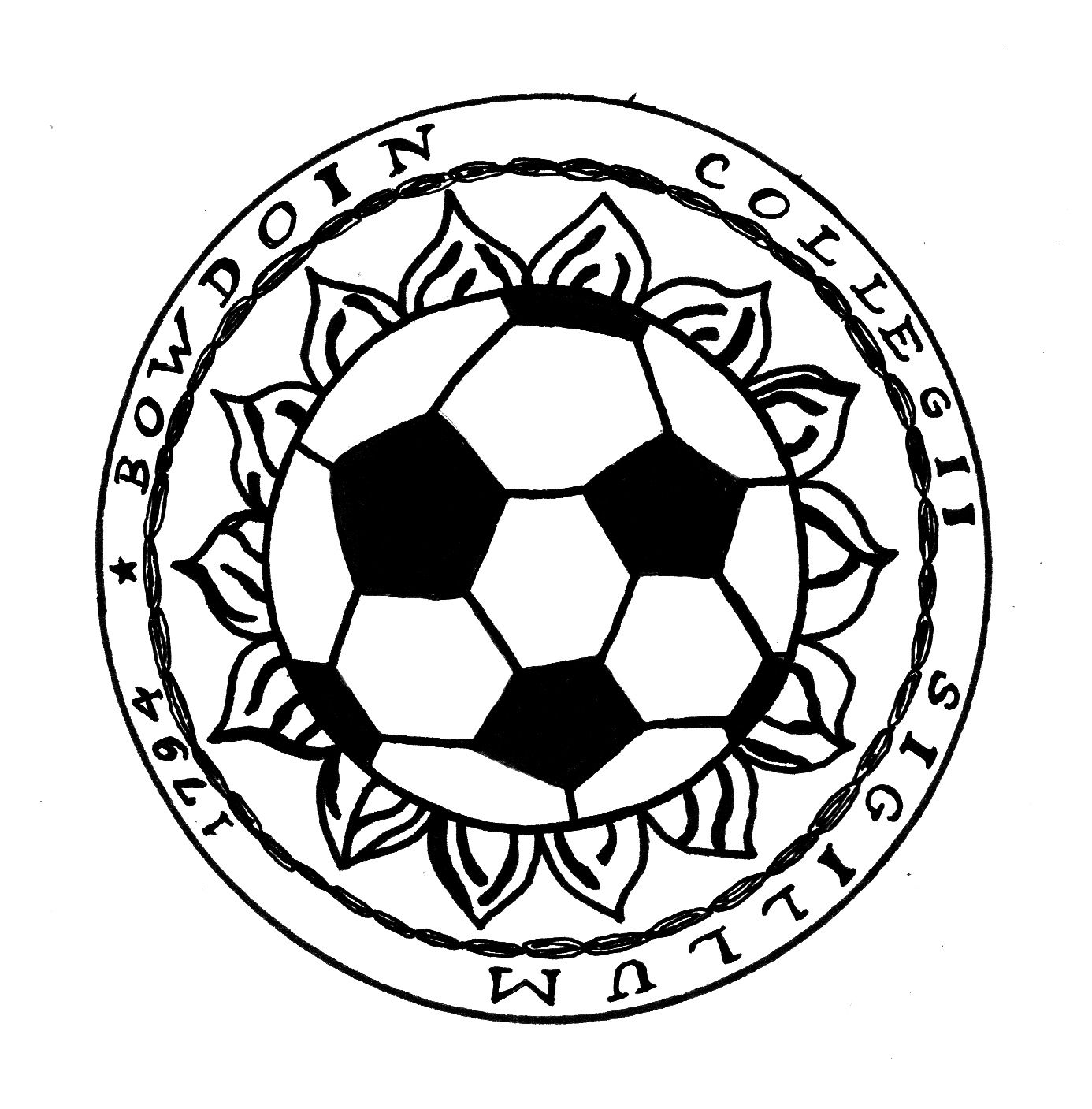Put the ‘you’ in ‘Ubear’
February 15, 2019
 This
piece represents the opinion of the author
.
This
piece represents the opinion of the author
.
 Lily Anna Fullam
Lily Anna FullamLast year, I turned 20 on the same day that the football team won its first game in three years. I stormed the field with my friends and, for once, felt proud of a sports team here. The moment was surreal, a college experience that had long been denied to me. I look back on that day with great fondness but also frustration: I question if we should cut the football team.
Past investment has not produced results. A multimillion-dollar new field translated to a 1-8 record. Head Coach J.B. Wells was just fired ahead of his contract but paid in full. The team’s expiring budget is reportedly over $700,000, equivalent to the entire Student Activities Funding Committee, which funds more than 100 student groups. Surely, there are more efficient ways to spend this money.
The mission statement of the Athletic Department reads, “Contests provide an opportunity for the entire community to come together. As such, student athletes are expected to be positive representatives of the school.” This is a beautiful ideal, but it has been mostly untrue in my personal experience. The community is no more likely to come together for a football game than it is for an off-campus party, and student athletes have largely negative reputations on campus. There is work to be done in order for us to manifest our mission statement.
I feel a strong sense of separation from the student athletes in my community. By and large, they do not look like me, and self-segregation means that our paths rarely cross. No single activity is as time-consuming as a varsity sport. They are practically part time jobs, where students can expect to work between 15-20 hours per a week while in season. By limiting a student’s ability to try new things and learn from unexpected experiences, I think varsity sports short change the liberal arts experience.
At the same time, I recognize the value that these sports bring to the individual and the potential they have for the community. I myself am a competitive person. In high school, I relished the opportunity to challenge my peers to a purely physical contest. Soccer provided a chance to engage with my body after mentally draining days, and I enjoyed pushing past limits on the field to then find new feats in the classroom.
My greatest concern with athletics is how it divides our community, and I don’t know how to fix this problem. Increased recruiting from diverse communities would be great, but it can only be so effective. To compete at the NESCAC level requires vast resources, which most families of color do not have. It’s a national problem to contend with, one that will take years to improve considerably. I speculate that in the meantime, we should cut athletics to create more space for students of color, but I also know that won’t solve our problem of a segregated campus.
The much more challenging and time-consuming solution for the athlete/non-athlete divide is to integrate the student body. My relationships with individual athletes infrequently extend past my first year, the one class we had together or any other forced interaction by the College. Perhaps sustained social engineering could maintain these relationships. I think improvements to upperclass housing is an excellent start. The new apartments on Harpswell and Park Row will bring more students of all backgrounds back on campus, just as Ladd House has already done. The seniors in Ladd hosted the football team’s afterparty, as well as “Squashmas,” the Squash teams’ annual winter formal, and both were open to the entire community by virtue of being on campus.
These developments indicate hope for bridging divides on campus. At the risk of extending an olive branch to privileged people who may have little regard for my well-being, I think students should work together to include athletes on campus, especially in leadership roles. On Bowdoin Student Government, for example, which serves to represent the student body to the administration, the number of student athletes is in the single digits. We have more than 30 members on General Assembly. In order to fulfill our own mission statement, perhaps we ourselves could do a better job of recruiting as well.

Comments
Before submitting a comment, please review our comment policy. Some key points from the policy: